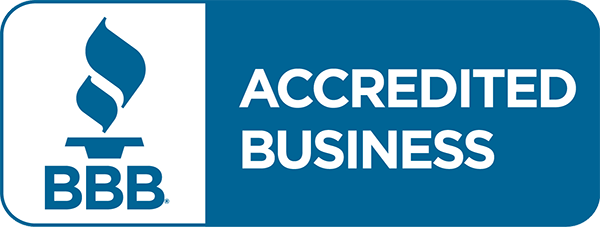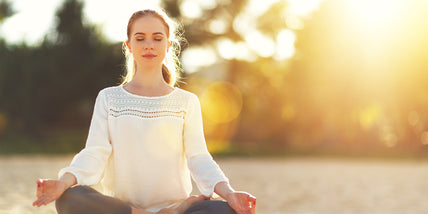How to Work Out Safely While Pregnant

During pregnancy, a woman’s body goes through a lot of changes. It is important to keep moving to have a healthy pregnancy and delivery. It’s not a good idea to start a vigorous new exercise when you are pregnant, and it’s definitely not a good idea to push yourself to reach your ultimate goals. However, Pilates is a wonderful type of fitness for mamas-to-be, and for those recоvering postpartum. Some studios have classes specifically tailored towards pregnant women that aim to help women not only have a healthy pregnancy, but an easier delivery, and speedier recovery.
Let’s first look at the changes that a woman’s body goes through during pregnancy.
She starts to produce the hormone Relaxin.
It helps to loosen ligaments, to adjust the pelvis for delivery. It also makes women more prone to injury because the body is shifting, and the ligaments are looser. It is important to stretch during pregnancy, but not to overstretch, because then it will be hard for ligaments to go back to place.

As the belly grows, the lower spine becomes more lordotic, or arched. It is important to work the pelvic and abdominal muscles to support the back.
The belly grows.
As the belly grows, the lower spine becomes more lordotic, or arched. It is important to work the pelvic and abdominal muscles to support the back. It is also important to concentrate on strengthening the Transversus Abdominis (TVA) muscles, which is the deepest layer of abdominals, because this is what will help during pregnancy, delivery, and postpartum recovery. Also, by concentrating on these muscles, there is a less likely chance to have a big diastasis recti, which is when the rectus abdominis (the “six pack abs”) separate along the linea alba in the middle. If that happens, it’s much harder to get abs back to the pre-pregnancy state.
The body tightens.
Women become tighter and more kyphotic in their upper back during pregnancy, and after delivery so it is important to do back extension exercises. Calves often become tighter because of weight shift, so it’s important to carefully stretch the back of the legs.
Let’s Talk Pilates!
The important thing to remember is that this is not the time to push yourself to new athletic heights. It is the time to exercise to maintain a healthy body, pregnancy, and recovery postpartum, and this especially applies to your workout after the first trimester. Even if you’re very active and physically fit, it is still important to take it down a notch. Here’s a few tips to make your prenatal Pilates experience the best it can be.
1. Transversus Abdominis
You can work on your Transversus Abdominis (TVA) while seated cross-legged, preferable elevated to ease the hips. You can also work them by being on hands knees. Take a big expansive breath, and exhale pulling your bellybutton towards the spine. It’s like giving your baby a big hug. You can do a few breaths like that, and then start to hold your belly in for longer
2. Abs
When working on your abdominal muscles, avoid anything that resembles crunches. In fact, you should avoid lifting your head off the mat while lying on your back, and after the second trimester, avoid spending a lot of time on your back anyway. If you are on your back, keep your knees bent, and lift one leg to tabletop, then alternate with another. You can do the same by propping yourself on your elbows.
3. Small Twists
Avoid doing big twists, especially closed twists (like when you are turning towards a bent knee). Little twists side to side is fine.
4. Rolling
You can roll out your upper back with a foam roller, by keeping your knees bent and feet on the floor, and supporting your head with your hands. This will help open up the upper back which tends to get tight.
5. Elevated Stretch
Stretch the back of your legs by standing on something elevated, like a step. Make sure to hold on to something.
6. Curb Sciatic Pain
It is also common for pregnant women to have sciatic pain. A good stretch for that is the “figure four” stretch. Lie on your back, knees bent feet on the floor. Take your right ankle to the left knee, right knee open to the side. Then switch sides. If you don’t feel good on your back, you can do the same stretch standing while holding on to something.

It’s is important to work arm and chest muscles with light weights to help gain strength for lifting your baby.
7. Pecs
The chest muscles tend to get tighter also. So you can stretch your pecs against a door by placing your arm with elbow bent at the door frame, and turn slightly away from the arm.
8. Arms
It’s is important to work arm and chest muscles with light weights. It helps to maintain correct posture, and makes you stronger for when you have to pick up your baby.
9. Breathing
Another important thing to remember is that pregnant women get out of breath faster, so if you can’t talk while exercising, you’re pushing yourself too much.
10. Hydration
Pregnant women overheat faster, so it’s important to stay hydrated!
11. Listen to Your Body
At a Pilates studio, a qualified instructor will tailor the Pilates apparatus specifically for your needs as a pregnant woman. Generally, you should avoid inversions. Avoid any exercises where you have to strain your abdominals too much. If your instructor makes you do something that feels uncomfortable, or doesn’t feel right, it’s probably a sign to find another instructor. Unfortunately, not everyone is qualified to work with pregnancies.
Remember that it’s only nine months, and it’s perfectly fine to take it easy and focus on yourself for once. After that, you have a lifetime of caring for your new baby!




